Wondering where to import electric trikes without getting caught in legal headaches? Entering a new market blind can lead to seized containers and lost investments. The good news is, many countries have simple rules; you just need to know where to start.
Globally, many countries in Asia, Africa, and Latin America permit electric trikes for parcel delivery, often with simpler regulations than cars. Key markets like the Philippines, Nigeria, and Mexico classify them as light commercial vehicles, making entry for delivery fleets straightforward.
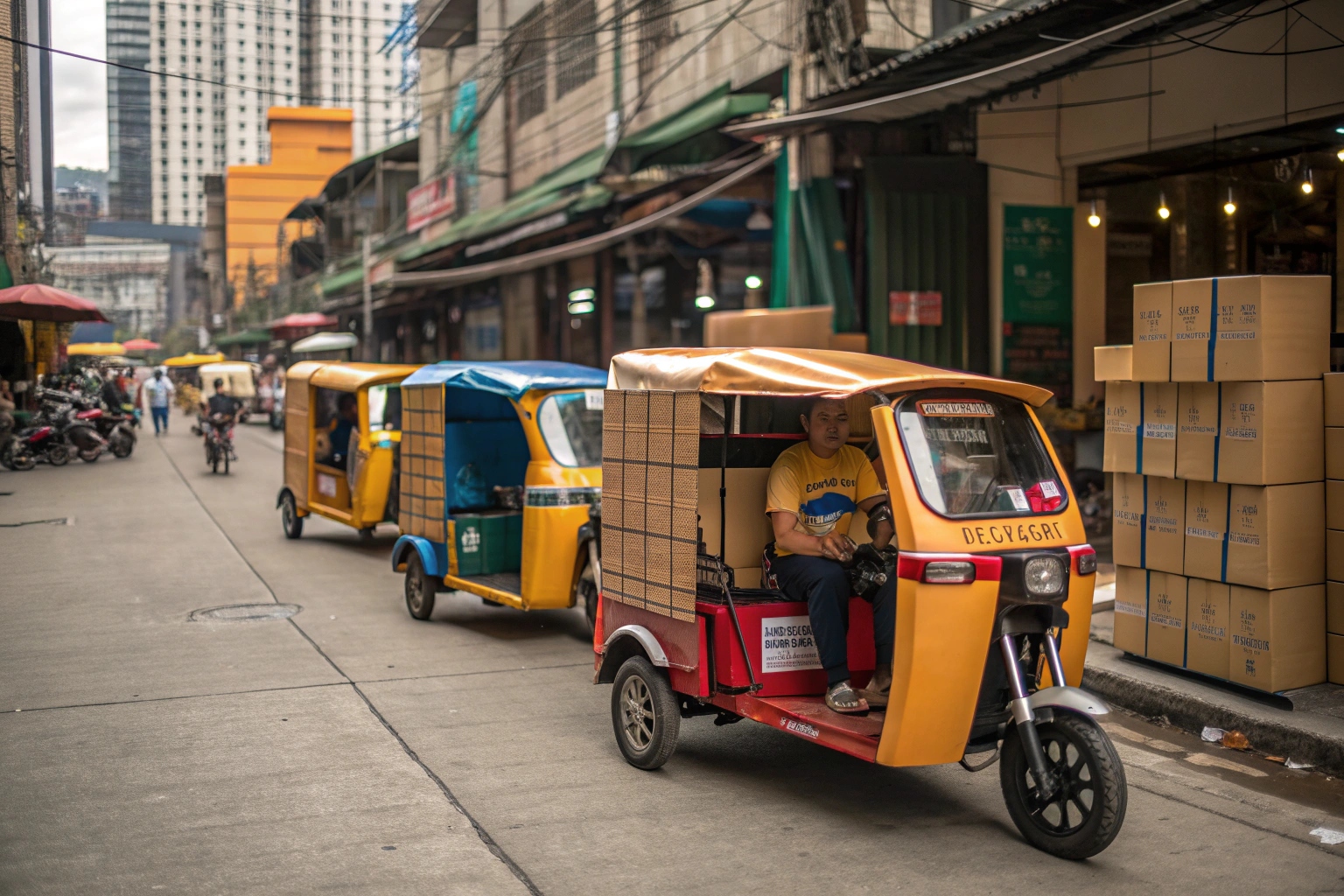
As a factory that exports globally, one of the first questions I get from importers is, "Can I even sell this vehicle in my country?" The answer is almost always "yes," but the how is what truly matters. Regulations vary greatly, and what works in one market might not work in another. We'll skip the highly complex rules of Europe and the US for now and focus on the high-opportunity markets where we've seen our clients succeed. Let's break down the regulations in key regions.
Which Countries in Asia Allow Electric Trikes for Parcel Delivery?
Asia is a massive opportunity, but navigating the regulations can seem daunting. Investing in a full container without clear rules is a huge risk. The good news is that many of these key markets are surprisingly accessible.
Most Asian markets, including the Philippines, Indonesia, and Vietnam, allow electric trikes for parcel delivery with basic licensing requirements, thanks to established use of three-wheelers.
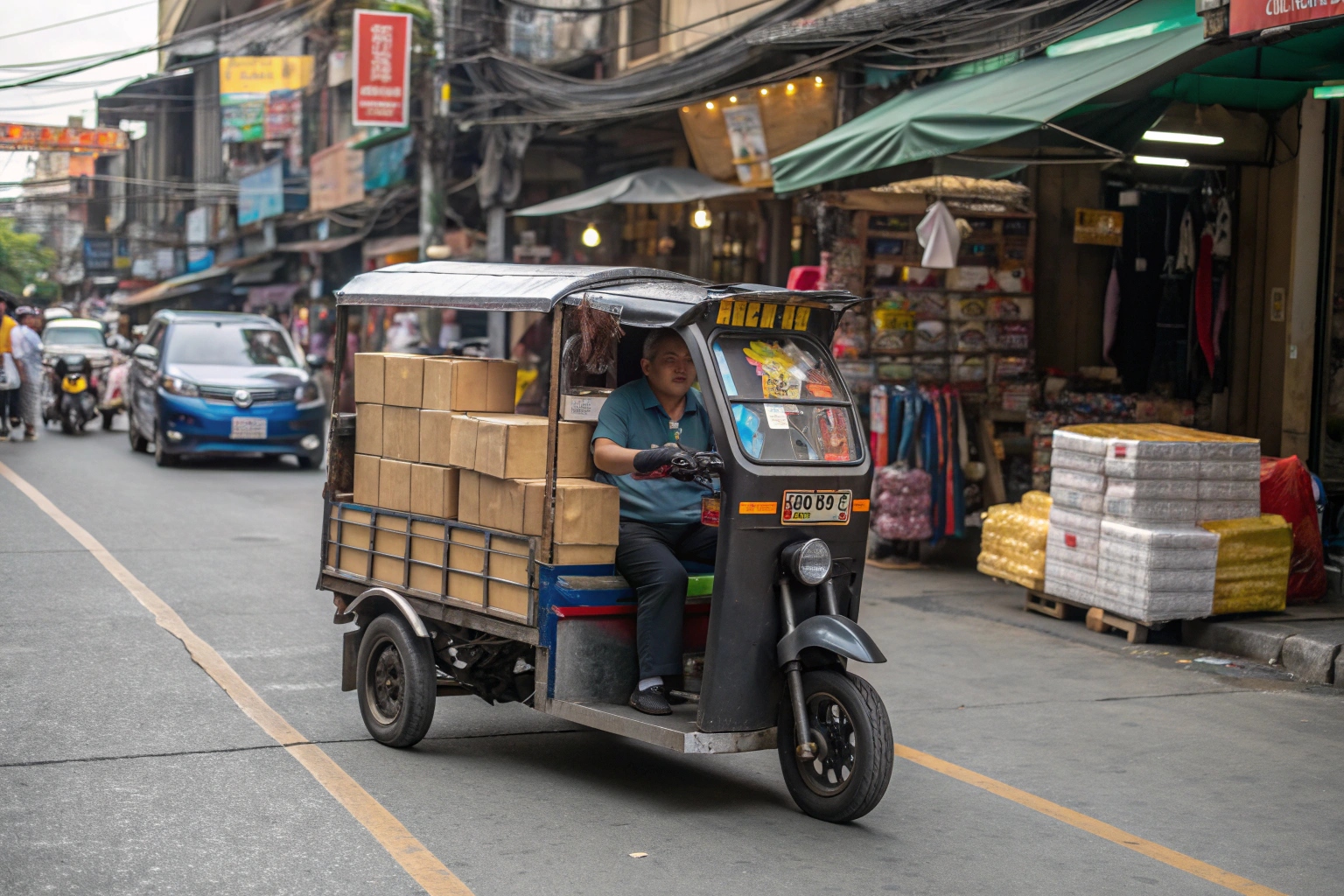
In Southeast Asia, the three-wheeler is already a familiar sight. This makes the transition to an electric trike much smoother from a regulatory standpoint. These markets have booming e-commerce sectors and dense urban populations, creating massive demand for efficient, low-cost delivery vehicles. Governments often have very relaxed rules for these vehicles as they help reduce both congestion and pollution. The key is to understand the local classifications, which are often based on motor power or vehicle weight rather than complex automotive standards. From our experience, clients find these markets have high price acceptance and a large customer base ready to adopt electric solutions.
| Country | Typical Regulation | Max Speed (Approx.) | Load Limit (Approx.) |
|---|---|---|---|
| Philippines | Classified as L-Category vehicle; requires LTO registration. | 45 km/h | 300-500 kg |
| Indonesia | Often falls under local regulations for "angkutan barang roda tiga." | 40 km/h | 350-500 kg |
| Thailand | Permitted; registered similar to traditional tuk-tuks. | 50 km/h | 300-450 kg |
| Vietnam | Allowed for cargo; often classified as "xe ba bánh." | 45 km/h | 300-500 kg |
*Disclaimer: These are typical figures. Always verify with local transportation authorities before importing.
How Is Electric Trike Use Regulated in Africa and the Middle East?
Africa's delivery sector is growing explosively, but clear information about EV rules can be hard to find. Relying on expensive gasoline motorcycles for everything eats into profits. An electric cargo trike is the perfect, cost-saving solution.
Many African and Middle Eastern countries have no specific restrictions on electric trikes, often classifying them with motorcycles, which makes market entry easier for delivery fleets.
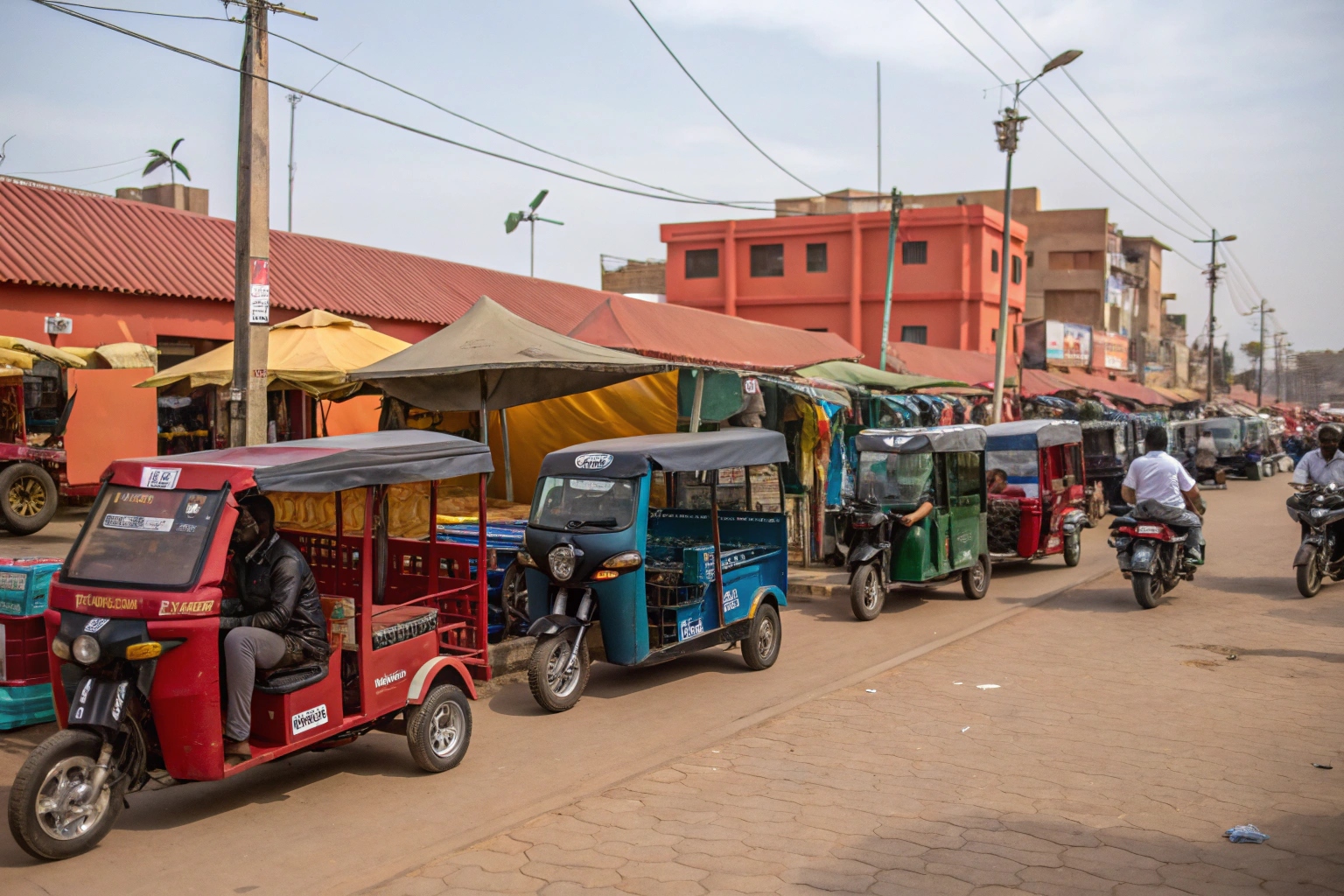
In many parts of Africa and the Middle East, regulations haven't fully caught up to electric vehicle technology. This can actually be an advantage for importers. Often, electric trikes fall into a "regulatory gray area," where they are treated like their gasoline counterparts (like the 'keke' in Nigeria) without additional hurdles. This allows for quick market entry. For B2B buyers like courier services or government sanitation projects, the switch is driven by major cost savings on fuel and a modern, eco-friendly image. This is especially true in countries like Kenya and Nigeria, which are actively looking for urban mobility solutions.
- Nigeria: Electric trikes (electric 'keke') are widely accepted and can typically be registered under existing three-wheeler regulations in most states.
- Kenya: Often registered under motorcycle categories. The demand is growing for both urban delivery and rural transport due to high fuel costs.
- Saudi Arabia / UAE: Growing interest for use in closed environments like large campuses, industrial zones, and new city developments (e.g., NEOM). Compliance with local safety standards is key.
- Tanzania / Uganda: Strong demand for both cargo and passenger versions, with regulations generally following existing motorcycle taxi ('boda-boda') rules.
What Are the Rules for Electric Trikes in Latin America?
Latin American markets have diverse transportation needs, from dense cities to vast rural farms. A standard delivery van can't handle narrow city streets, and a motorbike can't carry enough for agricultural work.
Countries like Mexico, Colombia, and Peru generally allow electric trikes under light commercial or "motocarro" vehicle categories, making them suitable for both urban and rural use.
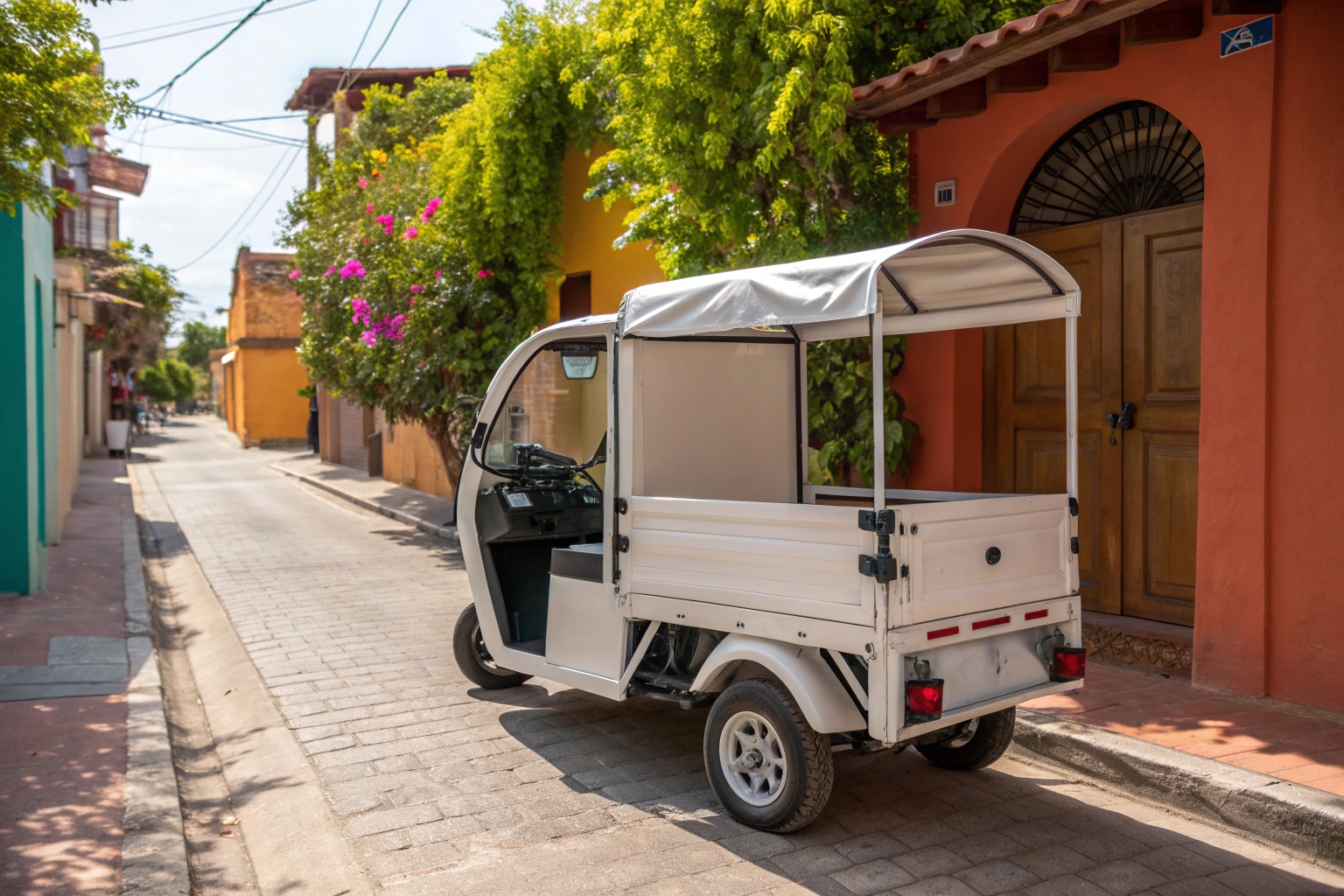
The electric trike is incredibly versatile in Latin America. We see clients selling them to last-mile delivery companies in Bogotá and Mexico City, while also supplying them to farmers in rural Peru for transporting crops. The regulations often recognize this dual-use role. They are typically registered as "motocarros" or "vehículos ligeros," which have far simpler requirements than passenger cars. This flexibility makes it a high-potential product for importers, as you can serve multiple customer segments with a single type of vehicle. The key is to ensure the vehicle's technical specs (like speed and weight) align with the correct local classification.
| Country | Typical Regulation | Max Speed (Approx.) | Load Limit (Approx.) |
|---|---|---|---|
| Mexico | Classified as "motocarro"; requires registration plate ('placa'). | 50 km/h | 350-500 kg |
| Colombia | Accepted as "motocarro" for cargo; rules can vary by city. | 50 km/h | 400-600 kg |
| Peru | Very common; regulated as "mototaxi" or "motocarro de carga." | 55 km/h | 400-600 kg |
| Ecuador | Permitted for cargo delivery; falls under light vehicle rules. | 45 km/h | 350-500 kg |
*Disclaimer: Regulations can change. Always confirm with the national transit agency (e.g., ANT, SRE) before placing a bulk order.
How Can Importers Ensure Compliance Before Entering a New Market?
You've identified a promising country for your business. But a single mistake in the paperwork at the port can get your entire shipment seized, turning your investment into a total loss. A simple compliance checklist is your best insurance.
Before importing, you must verify the local vehicle classification, obtain necessary safety certificates (like CE), secure the right shipping documents, and partner with an experienced local import agent.
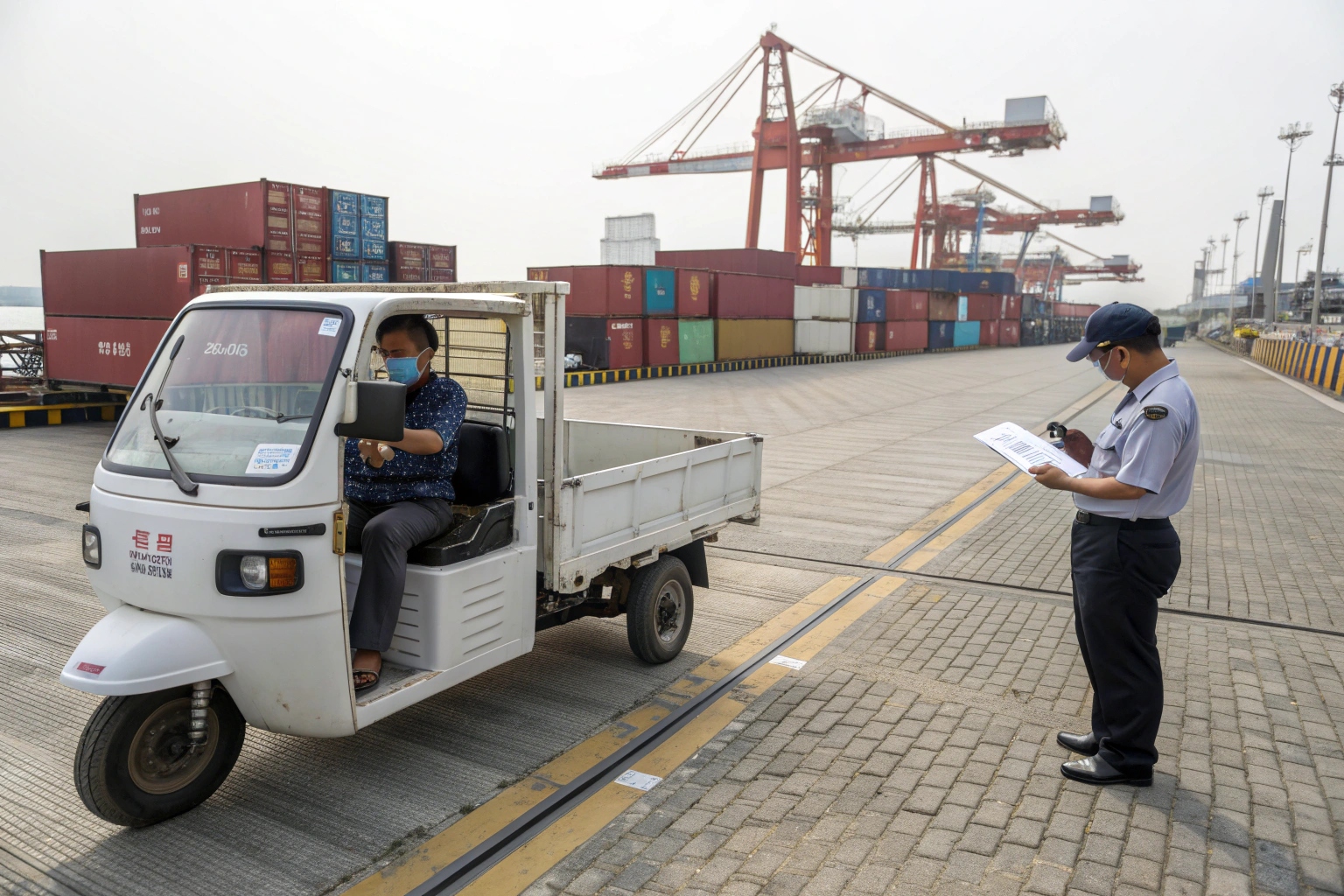
This is the most important step. Bypassing it is not worth the risk. As a factory, we provide all the necessary documents from our end, but the final responsibility for legal importation lies with the buyer. Here is the checklist I give every new B2B client to protect their investment. Getting this right is the difference between a smooth business and a warehouse full of vehicles you can't sell. Your best move is to hire a local customs broker or import agent; their fee is a small price to pay for peace of mind.
Pre-Import Compliance Checklist:
- [ ] Vehicle Classification: How will the local authorities classify the vehicle (motorcycle, light commercial vehicle, etc.)? This determines all other rules.
- [ ] Safety Certifications: Do you need specific certificates like CE, ISO, or a local equivalent?
- [ ] Required Shipping Documents: Confirm with your agent if you need a specific Certificate of Origin, Bill of Lading details, or other documents for customs clearance.
- [ ] Registration Process: What documents will the end-user need to register the vehicle and get a license plate? (e.g., MCO - Manufacturer's Certificate of Origin, which we provide).
- [ ] Driver's License Type: What kind of license will be required to operate the trike legally?
Conclusion
Global markets are wide open for electric trikes. By understanding regional rules and doing your compliance homework first, you can confidently and legally expand your electric mobility business worldwide.

